It is important for business owners to be familiar with the differences between a W-2 and a 1099-NEC, between an employee and an independent contractor. Understanding these differences can help prevent significant penalties, interest, back taxes, legal fees, and even jail time. The January 31, 2022 due date for filing these forms with the IRS is fast approaching; therefore, now is a good time to review and revisit the rules for issuing W-2’s and 1099-NEC’s. Wegmann Dazet’s Karen Gurnik, CPA gives an overview and explains potential pitfalls if you misclassify W-2 employees or 1099-NEC contractors (also known as self-employed).
Form W-2 is a wage and tax statement that an employer issues to employees. The employer withholds from wages both the employee portion of social security and Medicare, as well as federal and state income taxes. It is your responsibility as the employer to pay for the employer portion of social security and Medicare, as well as federal unemployment tax (FUTA) and state unemployment tax (SUTA). Employers are also responsible for timely filing and remitting both employee and employer payroll taxes to the relevant taxing agencies.
The business owner issues a Form 1099-NEC to non-employees, such as independent contractors. Generally, Form 1099-NEC is issued to individuals, partnerships, and non-incorporated entities for services costing $600 or more in the calendar year. You as the business owner are responsible both for timely issuance of the 1099-NEC to the recipient and for filing the 1099-NEC’s with the IRS. Business owners do not withhold or pay payroll taxes on payments to independent contractors.
If you misclassify an employee as an independent contractor, you risk increased tax bills and penalties for not paying the appropriate employee and employer payroll taxes, and for using the wrong form, and for not contributing to the state and federal unemployment agencies. Penalties can come from federal and state agencies.
Penalties:
The IRS penalties for misclassifying W-2 employees or 1099-NEC contractors can be quite steep:
- Per statement for failure to file, or failure to furnish accurate Forms W-2 and 1099-NEC, can be $280 per statement
- For failure to withhold from wages is 1.5% of wages, plus interest
- For failure to withhold employees’ share of FICA: 40% of FICA tax
- For failure to withhold employer’s share of FICA: 100% of FICA tax
- For failure to pay tax: .5% of the unpaid tax liability for each month (up to 25% of total tax liability)
If the IRS believes that your misclassification of W-2 employees or 1099-NEC contractors was fraudulent or intentional in order to avoid paying employment taxes, then there’s more: penalties can include 20% of wages paid plus all of social security and Medicare (100% of the employer and the employee share). Businesses can be held liable for income taxes that should have been withheld.
The IRS may even seek criminal penalties of up to $1,000 per misclassified worker.
The US Department of Labor and state unemployment agencies can impose additional penalties for misclassified workers. The Louisiana Workforce Commission (Louisiana’s unemployment agency) current law, for example, can result in the following penalties for misclassifying W-2 employees or 1099-NEC contractors:
- Fines of up to $500 per worker per instance. The $500 fine is waived if rectified within 60 days, but a second offense would prompt a $1,000 fine, and third offense a fine of $2,500.
- Imprisonment up to 90 days.
- Prohibited from contracting with any state agency or political subdivision of the state for three years.
Tests:
The following three tests are used by the IRS to help determine whether a W-2 or 1099-NEC should be issued for employees or independent contractors:
- Behavioral – Does the payer control what the worker does and how the worker does his/her job?
For example: If you hire someone to create a website for your business, you tell them what you want done, but the individual does not work at your place of business at hours you specify. This would be an independent contractor rather than an employee. Employees’ work is directed by the employer in terms of what they do, how, where, and when they do it.
- Financial – Does the payer control how the worker is paid, whether expenses are reimbursed, and who provides tools and supplies?
For example: An independent contractor would tell you what they are charging you in exchange for performing specific services. You can select that independent contractor or find someone else to perform the services. For employees, on the other hand, their pay is determined by the employer from the start of their employment.
- Type of Relationship – Is the worker hired for a specific project/period or indefinitely? Does the payer provide the worker with employee benefits such as health insurance, a retirement plan, paid vacation, sick days?
For example: If a worker is hired for an indefinite time period, is paid weekly, is offered vacation time, health insurance coverage, and participates in the company’s 401(k) plan, then that worker would be classified as an employee.
For more detailed guidance from the IRS on employees versus independent contractors, please click here. Additionally, the IRS offers a Voluntary Classification Settlement Program (VCSP), which gives businesses the opportunity to reclassify workers as employees for future tax periods. The program gives partial relief from federal employment taxes. There are certain eligibility requirements.
Still unsure about classifying W-2 employees or 1099-NEC contractors? Please contact us if you have any questions or concerns regarding classifications of workers. We’re here to help!
- Preparing to Sell Your Business - March 27, 2023
- W-2 Employees or 1099-NEC Contractors? What are the Pitfalls if you Misclassify? - November 3, 2021
- Casualty Loss Summary - October 12, 2021


